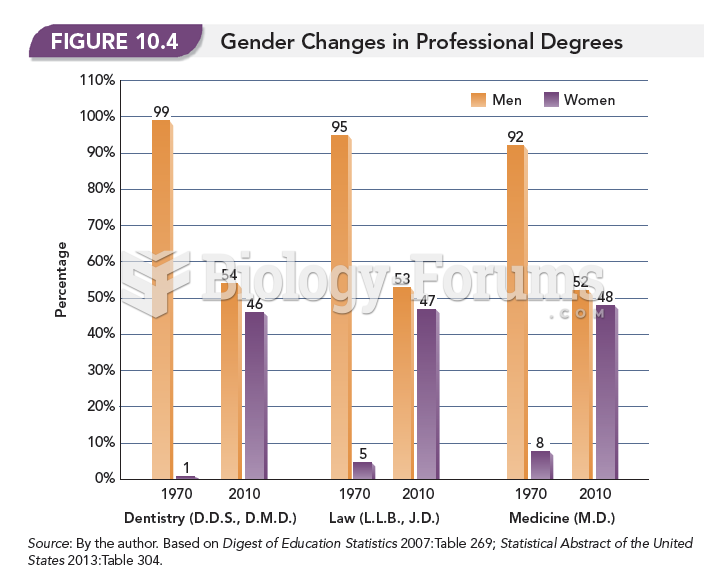Although there is a great deal of variation within each gender, on the average men and women discuss a surprisingly different range of topics. The first research on conversational topics was conducted over seventy years ago. Despite the changes in male and female roles since then, the results of several studies are remarkably similar. In these studies, women and men ranging in age from seventeen to eighty described the range of topics each discussed with friends of the same sex. Certain topics were common to both men and women: work, movies, and television proved to be frequent topics for both groups. Both men and women reserved discussions of sex and sexuality for members of the same sex. The differences between men and women were more striking then the similarities. Female friends spent much more time discussing personal and domestic subjects, relationship problems, family, health and reproductive matters, weight, food and clothing, men, and other women. Men, on the other hand, were more likely to discuss music, current events, sports, business, and other men. Both men and women were equally likely to discuss personal appearance, sex, and dating in same-sex conversations. True to one common stereotype, women were more likely to gossip about close friends and family. By contrast, men spent more time gossiping about sports figures and media personalities. Women's gossip was no more derogatory than men's. These differences can lead to frustration when men and women try to converse with one another. Researchers report that trivial is the word often used by both men and women to describe topics discussed by the opposite sex. I want to talk about important things, a woman might say, like how we're getting along. All he wants to do is talk about the news or what we'll do this weekend. The author implies that
a. women talk too much.
b. men's conversations deal mostly with personal subjects.
c. men and women need to learn to communicate better.
d. most women are unwilling to discuss personal subjects.
Question 2
Although there is a great deal of variation within each gender, on the average men and women discuss a surprisingly different range of topics. The first research on conversational topics was conducted over seventy years ago. Despite the changes in male and female roles since then, the results of several studies are remarkably similar. In these studies, women and men ranging in age from seventeen to eighty described the range of topics each discussed with friends of the same sex. Certain topics were common to both men and women: work, movies, and television proved to be frequent topics for both groups. Both men and women reserved discussions of sex and sexuality for members of the same sex. The differences between men and women were more striking then the similarities. Female friends spent much more time discussing personal and domestic subjects, relationship problems, family, health and reproductive matters, weight, food and clothing, men, and other women. Men, on the other hand, were more likely to discuss music, current events, sports, business, and other men. Both men and women were equally likely to discuss personal appearance, sex, and dating in same-sex conversations. True to one common stereotype, women were more likely to gossip about close friends and family. By contrast, men spent more time gossiping about sports figures and media personalities. Women's gossip was no more derogatory than men's. These differences can lead to frustration when men and women try to converse with one another. Researchers report that trivial is the word often used by both men and women to describe topics discussed by the opposite sex. I want to talk about important things, a woman might say, like how we're getting along. All he wants to do is talk about the news or what we'll do this weekend. Discussions about sex
a. rarely come up in conversations.
b. may be restricted among adolescents.
c. usually occur only between members of the same sex.
d. almost always cause arguments.







